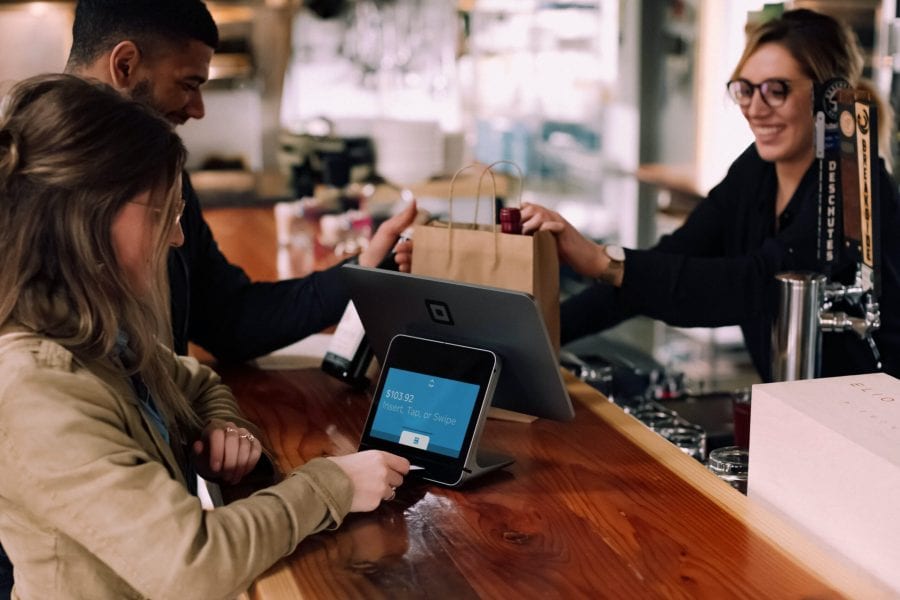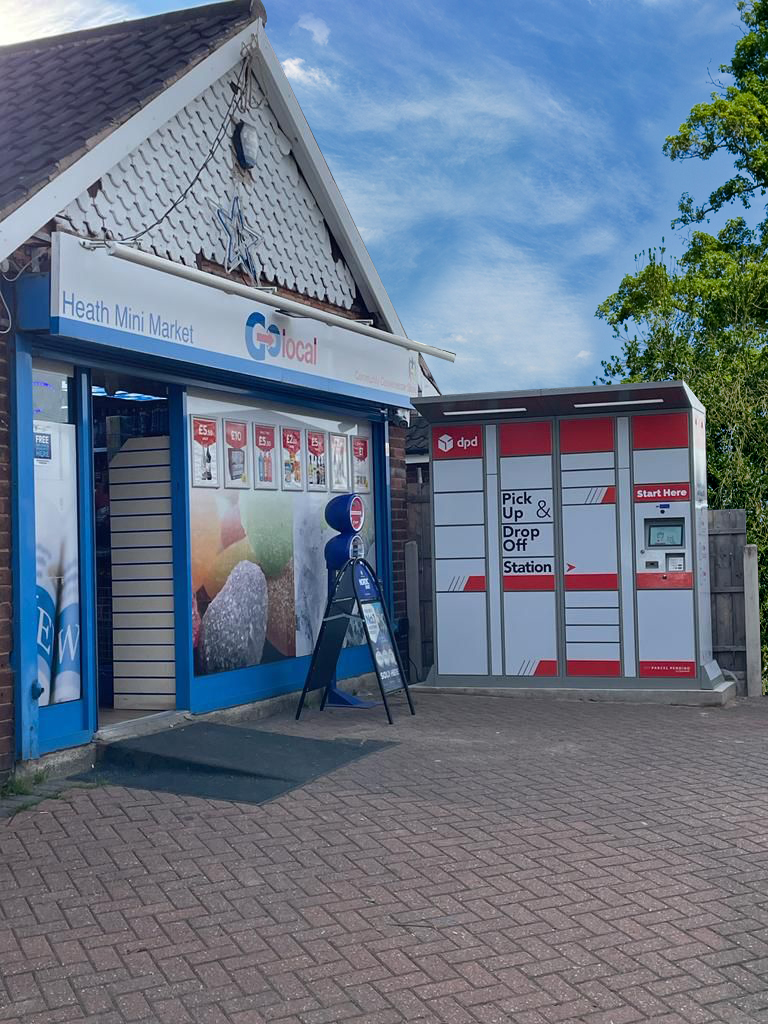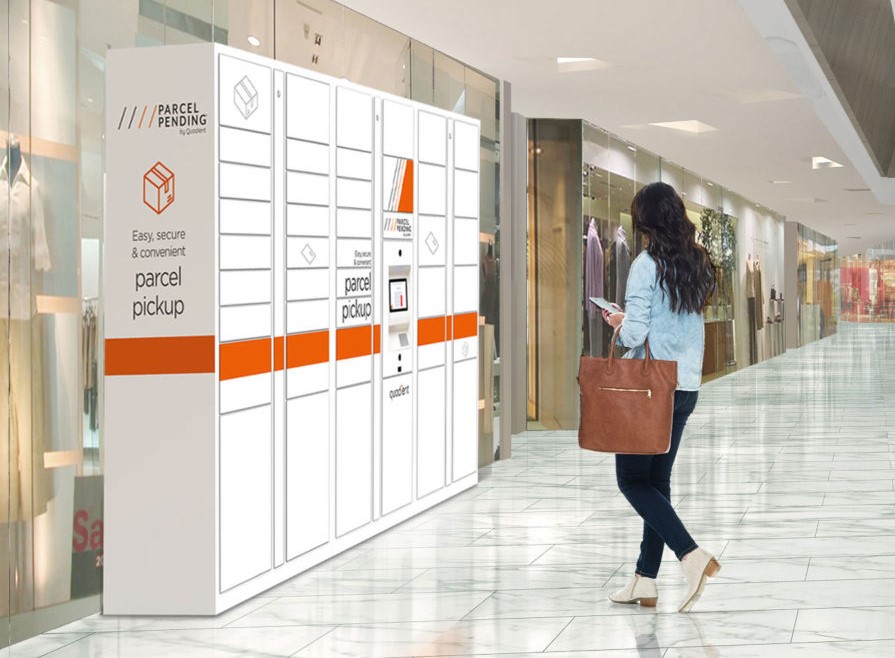
Our Blog
Frictionless Returns: Retail Strategies for Returns Management
7 Min Read
Written by: Parcel Pending
The exponential growth in eCommerce over has brought with it an avalanche of returned goods harming sales, the environment and, if eCommerce retailers aren’t careful and eCommerce predictions fit true, their reputation. Here are strategies on how to implement a financially stable returns management process.
Returns: The Extent of the Problem
According to the 2022 Consumer Returns in the Retail Industry report conducted by the National Retail Federation, returns in the U.S. retail marketplace account for a loss of $816 billion in sales, which is equivalent to roughly £594 billion in the UK. In terms of percentage relative to sales, the year-over-year rates remained stable at approximately 17% in both 2022 and 2021, but they have increased from nearly 11% in 2020. Over the past two years, online return rates have decreased from 21% to 17%, aligning with the overall return rates.1
Although the consumer return rate normally hovers between 25–30%, Narvar reports that it skyrocketed to 70% in 2020.2 As Kate Reidel, Parcel Pending’s SVP of Business Development, explains: “Pandemic consumers who went online to shop for clothes often resorted to bracketing, buying multiple sizes, since they didn’t know exactly what they’d need. That exacerbated the expense of managing returns.”
In 2020, apparel led the pack for the number one category of returned goods, coming in at an estimated 46.5%.3 Footwear trots in second, with one expert estimating that for every pair of shoes kept, two to three are returned.4
Customers Demand Free Shipping & Returns
To customers, a free return shipping and/or “no questions asked” product returns policy are irresistible – and ultimately play a significant role in maintaining customer loyalty and customer satisfaction, and increasing store traffic. 70% of consumers in a 2020 survey requested free shipping as their number one online feature, and about 50% wanted free returns.5 Retailers recognise the exorbitant costs of processing returns and returns management. However, they’re fearful of being the first mover to change their liberal returns policy which might harm their reputations and sales. After all, 92% of consumers surveyed said that they would buy again if the product returns process is easy.
Customers Unaware of the Connection Between Returns & the Environment
Most shoppers believe that their returned product ends up back on their shelf. Actual inventory management and returns logistics are far more complicated. “The cost of inspecting that good, repackaging it, getting it back on the shelf, the reverse logistics — all of that often outweighs the value of the good from being sold the second time,” said Joel Rampoldt, a managing director in the retail practice at AlixPartners. Plus, during the pandemic, many retailers enacted policies that enforced spoilage, meaning the product could not be re-sold upon being returned.
Customers who are environmental activists and vote with their wallets are mostly unaware that their return might actually end up in a landfill. Approximately 5 billion lbs of returned products end up there annually.
Technology to Tackle Returns Management
The NRF reports that by 2025, global investment in reverse logistics technologies is expected to reach $604 billion (approximately £439 billion) as retailers aim to address a significant challenge in the shopping process and reduce return-related expenses.6,7 Investing in returns management software and technology costs now but saves later.
Virtual fitting rooms have become a significant technology battleground in returns management. Walmart’s Zeekit fitting room technology, launched in 2022, allows US shoppers to upload a picture of themselves to see how products will look on them. However, there are also UK-based companies, such as Metail and Fits.me, that offer virtual fitting room platforms for UK retailers. These platforms allow customers to create a 3D model of themselves or use robotic mannequins to simulate different body shapes and sizes, which can reduce the likelihood of returns. The relationship between the technology and product returns is clear: Shopify reported that customers who virtually tried on clothes were 40% less likely to return the product.8,9
Companies are also forging alliances to deal with returns processing and management issues. In 2021, Affirm acquired Returnly to help retailers remove friction from the customer return process. Returnly, founded in 2014, issues instant credit to consumers upon return approval versus return delivery. And in May of 2021, PayPal announced it acquired Happy Returns. Happy Returns not only helps with effective returns management but also works to reduce waste because it aggregates returns by retailers and uses reusable containers. Its cardboard-free program is estimated to significantly help the environment. As a point of comparison, 40% of consumers buy new packaging (i.e., cardboard boxes) when shipping a returned product back to a retailer.
Across the globe, companies are forming alliances to address returns processing and management issues. In May 2021, PayPal announced its acquisition of Happy Returns, a US-based company that aggregates returns by retailers and uses reusable containers to reduce waste. In the UK, ReBOUND Returns works with retailers to provide a returns management platform including features such as a branded returns portal, real-time tracking, and automated refunds. According to a report by ReBOUND, the company’s recycling program reduced the carbon footprint of returns by 45% in 2020. Clear Returns is another UK-based company that uses data analytics to help retailers reduce the number of returns they receive by analysing customer behaviour and identifying the root causes of returns.10
Smart Lockers Provide Safe & Efficient Returns
A return to the store is the lowest hit on margins for retailers. Using smart pickup and drop off lockers for click-and-collect and returns is fast (less than 30 seconds) and efficient too.
Here’s how the returns management solution works:
- A customer initiates the return online or via a mobile app
- When the customer approaches the retail lockers, they select “Drop Off” and scan or enter their return barcode
- The customer then chooses a locker size, places the return in the parcel locker, and confirms the return
- A team member then collects the return from the electronic locker
Note that lockers can be configured so that only certain doors can be used for returns, allowing stores to balance capacity between facilitating pick-ups and managing returns.
6 Solutions for Lowering Returns
As costs for facilitating an effective returns management process climb, here are 6 strategies for lowering your customer return rate.
- Understand the Customer Experience – E-tailers must understand not only who is returning, but why. Reading product reviews, listening to social media, and asking the customer questions at point of return are paramount: what’s the reason for the return? Is the product description incomplete? Is the description inaccurate? This is especially important for the retail customer experience, and can even help to improve the customer service experience as well.
- Create Consistent Sizing – Bracket buying is expensive and wasteful. Saying goodbye to vanity sizing and instituting consistent sizing allows customers to buy the right product in the right size.
- Educate Consumers – Clearly, there’s a disconnect between consumers’ desire to help the environment and their desire for free returns. An outreach campaign by the retail industry or a key player could significantly reduce customer return levels.
- Create New Metrics – Stock Exchange is obsessed with year-to-date sales and sales versus a year ago. However, reporting the product return as a percentage of sales is also a key metric.
- Rethink the Liquidation Processes – eBay has partnered with Optoro, a leading returns management technology company, to sell returned products online. More innovative thinking is needed to find other ways to manage the returns process.
- Create an Executive Position for Returns Management Solution – Returns management is in “no man’s land” sometimes belonging to supply chain, operations, or even marketing. Similar to how a Chief Information Officer emerged as technology became more relevant, the need is now for a new Chief Returns Officer.
Managing returns and the supply chain is critical to customer satisfaction. Now is the perfect time to invest in solutions that allow for frictionless returns and a seamless customer experience. Ready to speak to a representative about how Parcel Pending smart lockers lower costs while boosting the customer’s retail experience? Contact us today.
Sources:
- The National Retail Federation. (2021). Customer Returns in the Retail Industry 2020 [Report]. Retrieved from: https://nrf.com/research/customer-returns-retail-industry
- Hickey, Alex. Morning Brew. E-Commerce Returns Rose 70% in 2020. (2021, January 10). https://www.morningbrew.com/daily/stories/2021/01/10/ecommerce-returns-rose-70-2020.
- Vembar, Kaaren. Retail Dive. Don’t make it free, don’t make it easy: How retailers can support sustainable returns. (2021, April 19). https://www.retaildive.com/news/dont-make-it-free-dont-make-it-easy-how-retailers-can-make-returns-more/598337/.
- Unglesbee, Ben. Retail Dive. The omnichannel age is here – and it’s expensive. (2021, April 5). https://www.retaildive.com/news/the-omnichannel-age-is-here-and-its-expensive/597653/.
- Saleh, Khalid. Invesp. E-commerce Product Return Rate – Statistics and Trends [Infographic]. (2021, April 11). https://www.invespcro.com/blog/ecommerce-product-return-rate-statistics/.
- Reda, Susan. National Retail Federation. Retail in 2021: What will endure and what’s going to change?. (2020, December 2). https://nrf.com/blog/retail-2021-what-will-endure-and-whats-going-change.
- Allied Market Research. (2019, May 6). Global Reverse Logistics Market to Reach $603.9 Billion by 2025 at 4.6% CAGR, Says AMR [Press Release]. Retrieved from: https://finance.yahoo.com/news/global-reverse-logistics-market-reach-122347917.html
- Waters, Michael. ModernRetail. How virtual fitting rooms became the next retail battleground. (2021, May 17). https://www.modernretail.co/retailers/how-virtual-fitting-rooms-became-the-next-retail-battleground/.
- Parisi, Danny. Glossy. Virtual try-on is the antidote to the pandemic-fueled rise in returns. (2021, April 14). https://www.glossy.co/fashion/virtual-try-on-is-the-antidote-to-the-pandemic-fueled-rise-in-returns/.
- (2021). ReBOUND reduces carbon footprint of returns by 45% in 2020. Retrieved from https://www.reboundreturns.com/news/rebound-reduces-carbon-footprint-of-returns-by-45-in-2020





